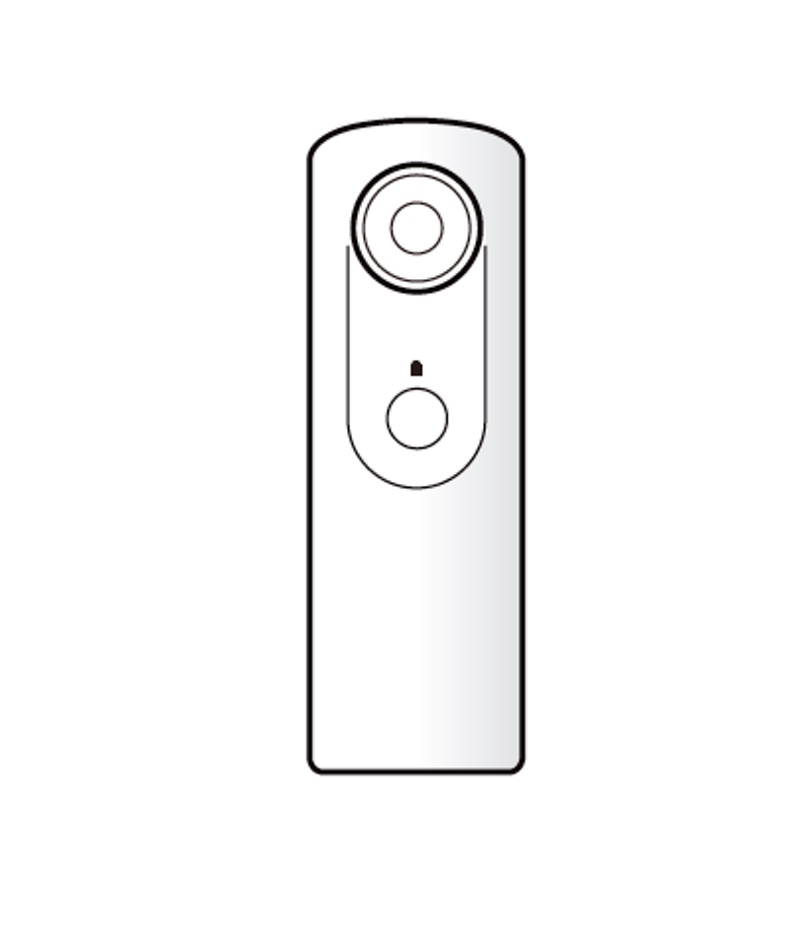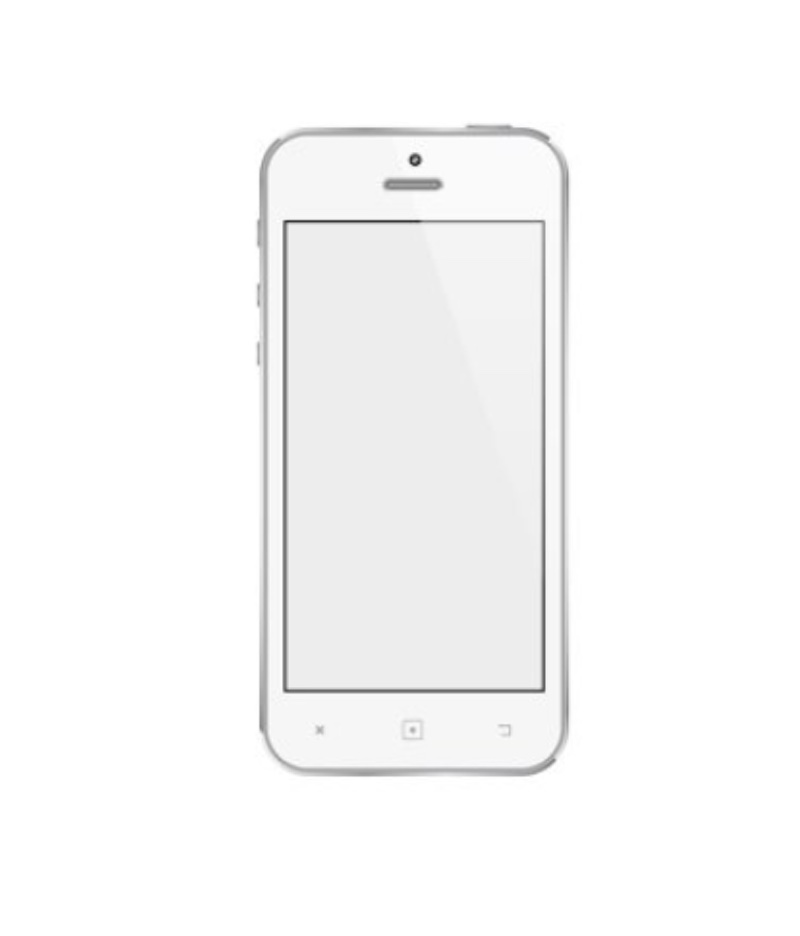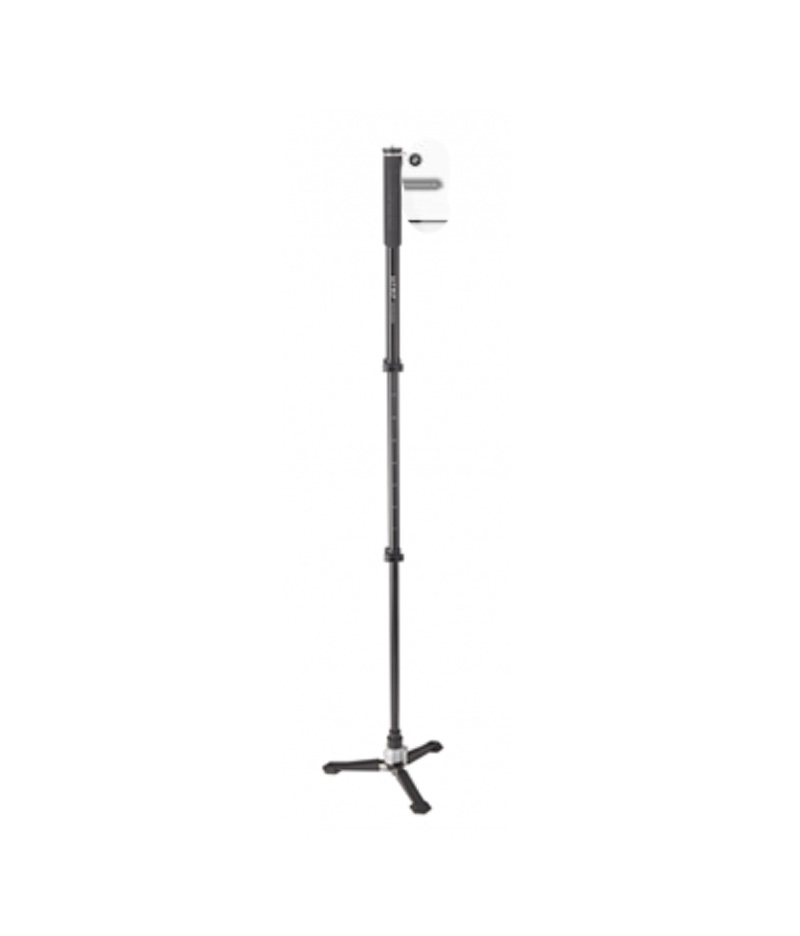Documentation
S
oulvu is the closest thing to teleportation. Well, sort of - we're kidding.
We Ensoul were at Google VR Workshop held in London on February 2016 and somebody pointed out a huge slide behind us: it was a photogram of “Arrival of a train at La Ciotat“, the first movie shot by Lumiére Brothers back in 1895 and he said “speaking of VR, today we’re here”.
Soulvu is a simple, one-purpose product built with simple tasks in mind – as simple as the technology is used today to watch it.
Soulvu is built with large scale, popular market in mind. It is built for devices as cheap as 20$ in mind instead of expensive, nerd-exclusive VR market. It is made to build quick, realistic, browser-based sketches of 3D environments instead of overly realistic representations. It is made with smartphones in mind, for cheap 360 cameras, and made to live on the web. It is not really virtual reality as much as Virtual Reality ready stereoscopic content.
This is what makes Soulvu kind of unique, as of now.
A bit of theory, first
Y
ou surely will have been seeing 360 degrees images on Facebook: they’re usually taken with different cameras – like Ricoh Theta, Samsung Gear 360 and so on. Each and everyone of them is fine for Soulvu usage (as long as the image resolution is enough). Equirectangular images are what a sphere looks like when projected on a 2:1 rectangle. For example, most maps of the world are an equirectangular projection of the world.
When you take an image of the world with the aforementioned cameras, the result appears like the picture here above. A slightly distorted image, where polar areas appear to be slightly larger than usual. The image recovers its original aspect when mapped back on a sphere. On the other hand, 3D images are simply two images of the same subject taken from 6.4 centimeters (2.52 inches) of distance.
Why 6.4 centimeters? Because it’s the average distance between the human eyes. As simple as that. Of course, not all human eyes have the same distance – that’s why most vr viewers have at least a cog to regulate focal distance.
Soulvu takes one left and one right 360 image and merges them into one. The result is a 3D, 360 degrees image. Simple, isn't it?
Soulvu by steps

S
oulvu is camera-agnostic. It does not need any specific brand: we tested it with Ricoh Theta, Xiaomi Mijia Sphere, GearVR. It's the lucky part of walking on the shoulders of giants: it can only get better.

Most of the work is made with a smartphone: Soulvu is built on Wordpress as a headless CMS to be simple and friendly for everyone. The upload mobile interface is made to allow quick uploads and mark dots in real time.

Taking the pictures is very straightforward and simple: no technical expertise is required. Our patented mount is made to take pictures as precise as possible. Difference between a good and a bad 3D is very thin.
Troubleshooting
Soulvu is a new technology dealing with new technical instruments: there are tons of reasons why this might not work correctly.
Trying to narrow down some reasons:
– be precise when you shoot the images; the difference among a good 3D image and a bad one is very small. Despite our roll/pitch post-production controls a bad image is a bad image.
– shoot multiple versions of the same image. Lighting might vary, and so focus on various points of the image. Hint: if you are taking panoramas take timed shots with at least a 5 seconds difference from one another: this will allow to carve out people from pictures (people have a certain tendency to move).
– remember that good 3D usually works best between a 50cm to 20m distance: on a closer distance 3D tends to be blurry, on a higher distance it just results like a flat image. On a VR viewer might give a certain feeling of depth but it actually just feels distant but it is not.
– Soulvu depends on browsers supporting Canvas. Smartphones with no canvas support (e.g. Windows Phone) will fail to work with soulvu.
– Please double check that you’re uploading the images on the correct eye. Inverting the eyes might give the same sickness you would feel in real life.
– Frame rate and “side stutter” effect heavily depend on the images weight and on the processing power of your smartphone. Optimize your images.
– Make sure you are uploading images with the correct ratio.
– More than one Soulvu on the same page (in two separate iframes, so to say) would make the page heavy on mobile devices. If possible, try to add just one per page and navigate through it.
Disclaimer: Soulvu and Ensoul are not in any way connected with or endorsed by Ricoh, Samsung or Google, which hold full copyright of their brands, products and services.
Proceed to


 Most of the work is made with a smartphone: Soulvu is built on Wordpress as a headless CMS to be simple and friendly for everyone. The upload mobile interface is made to allow quick uploads and mark dots in real time.
Most of the work is made with a smartphone: Soulvu is built on Wordpress as a headless CMS to be simple and friendly for everyone. The upload mobile interface is made to allow quick uploads and mark dots in real time.  Taking the pictures is very straightforward and simple: no technical expertise is required. Our patented mount is made to take pictures as precise as possible. Difference between a good and a bad 3D is very thin.
Taking the pictures is very straightforward and simple: no technical expertise is required. Our patented mount is made to take pictures as precise as possible. Difference between a good and a bad 3D is very thin.